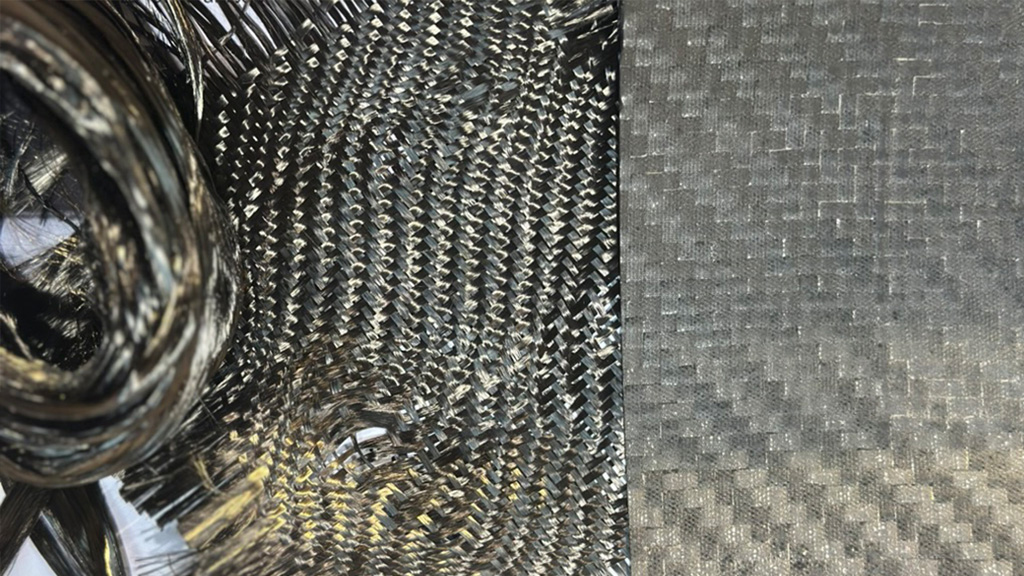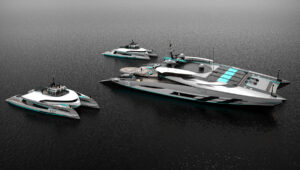Revolutionary CO₂-Neutral Carbon Fibers Made from Algae
Green Carbon: Revolutionary CO₂-Neutral Carbon Fibers Made from Algae

Technical University of Munich Develops a Sustainable Alternative for Industry
Green Carbon, developed at the Chair of Synthetic Biotechnology at the Technical University of Munich (TUM) under the leadership of Prof. Dr. Thomas Brück, opens up a wide range of application possibilities across various industries. A patented technology enables the production of CO₂-neutral carbon fibers from algae and other types of biomass. This material, known as „Green Carbon,“ offers an environmentally friendly alternative to conventional carbon fibers—without compromising manufacturing or processing quality.
Thanks to their rapid growth, microalgae can efficiently store the greenhouse gas CO₂ in the form of biomass. At TUM’s globally unique algae facility, these algae are cultivated to bind CO₂ in the form of sugars and algae oil. This biomass serves as a raw material for the production of carbon fibers, which can be used in industries such as aerospace and automotive manufacturing.
Calculations show that the production of this carbon actually removes more CO₂ from the atmosphere than it emits. Both the production process from the base material nitrile and the properties of the produced fibers are identical to those of petroleum-based commercial carbon fiber.
The significance of Green Carbon has also been recognized internationally. Prof. Dr. Thomas Brück was mentioned in the latest IPCC climate report for his work. The project has also received numerous awards, including the prestigious Green Award from the GREENTECH FESTIVAL, which annually honors innovative projects and sustainable companies that make a significant contribution to environmental protection.

A particularly noteworthy application is in the maritime industry, such as the “CIRCULAR WAVES” project.
The nonprofit project CIRCULAR WAVES aims to protect and regenerate the oceans. A central component of the initiative is the development of an 80-meter-long catamaran (designed by J. David Weiss) concept equipped with cutting-edge technology. In partnership with TUM, Green Carbon derived from biomass will be used in the construction of the superstructure. This enables a sustainable and eco-friendly alternative to conventional shipbuilding materials.
The innovative catamaran is designed to combat marine pollution by collecting waste such as plastics and sargassum algae. Some of this waste is processed directly on board to power the vessel’s hydrogen propulsion system, further highlighting the project’s sustainability.
Another major advantage of Green Carbon is the permanent binding of CO₂. At the end of a product’s lifecycle, the materials can be safely deposited underground. There, they not only provide long-term CO₂ storage but also improve soil quality and act as water reservoirs. This contributes to increased agricultural productivity and the preservation of ecosystems.
In another patented process, the carbon is combined with granite powder. This material, known as CFS, offers the hardness of steel while being flexible and up to 80% lighter than traditional products. T-beams made from this material have already been produced and used in the construction of the new welcome center on TUM’s campus. The certified and approved beams do not rust, last up to four times longer than steel beams, are just as strong, yet more flexible. The weight reduction per beam is around 70%.
The wide range of applications for Green Carbon—especially in the maritime and aviation sectors—as well as its capacity for long-term CO₂ storage and soil enhancement, underscore the potential of this innovative material. It represents a significant step toward a more sustainable and environmentally friendly future.